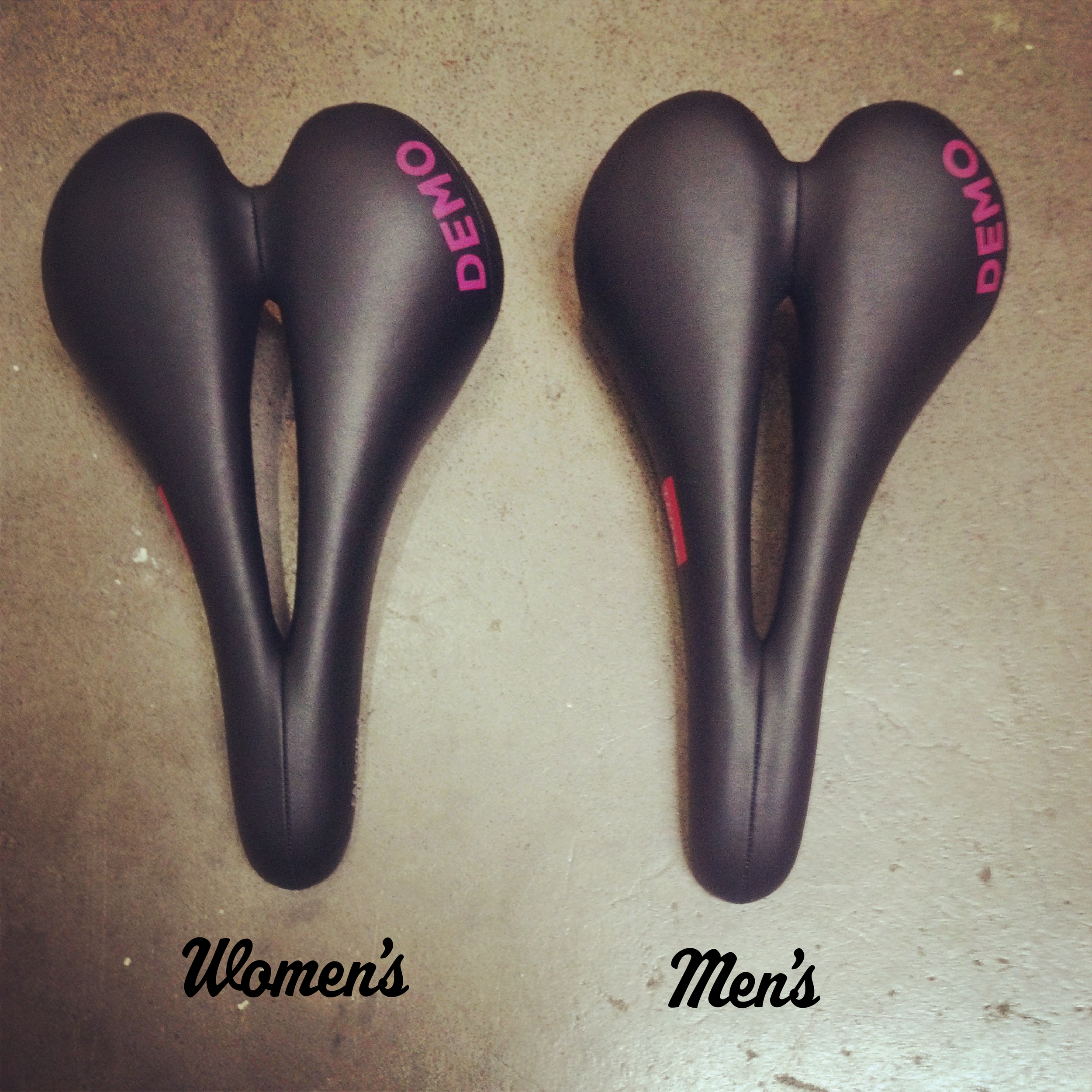3 Factors for Deciding Which Saddle is Right for You
Intent of Bicycle Ride
Good saddles are designed with intended use in mind -- one that’s designed for racing on an ultra-light carbon road bike likely wouldn’t feel comfortable on a long bike tour, or on a leisurely jaunt around town. Based on the type of riding you’re doing saddles are made with more/less padding or give, lighter/heavier in weight, and wider/narrower in shape. Having the right type of saddle for the type of riding you’re doing is the first step towards achieving saddle fit and comfort.
Saddle-to-Handlebar Relationship
Saddles are made wider or narrower based on their relationship to your handlebars. This is meant to mimic the way that your pelvis moves and shifts as your body bends and straightens so that the saddle is providing you with the right amount of support where you need it most. In general, the higher the handlebar is relative to the height of saddle, the wider the rear of the saddle should be. Conversely, as bars get lower and you get in more of an ‘aggressive’ (forward leaning) position, saddles should become narrower.
Your Unique Body
Many saddles are labeled ‘male’ or ‘female’ based on generalized anatomical differences between the sexes: Men typically have narrower sit bones and longer (from front-to-back) pelvises and thus ‘male’ saddles have slimmer rears and longer noses, while women’s bodies typically have wider sit bones and shorter pelvises, and thus ‘female’ saddles are usually wider in the rear with shorter noses.
That said, some women have narrow sit bones, some men have short pelvises, and not all people fit nicely into categories. We’re all unique creatures and saddle fit is very personal. The ‘sex’ of a saddle alone isn’t enough to tell you whether or not it will fit your body. That’s why we encourage you use our Saddle Library to try out a variety of saddles; putting a saddle on your bike and taking it out on a ride (or two, or three…) is the absolute best way to test if it’s the one for you.



